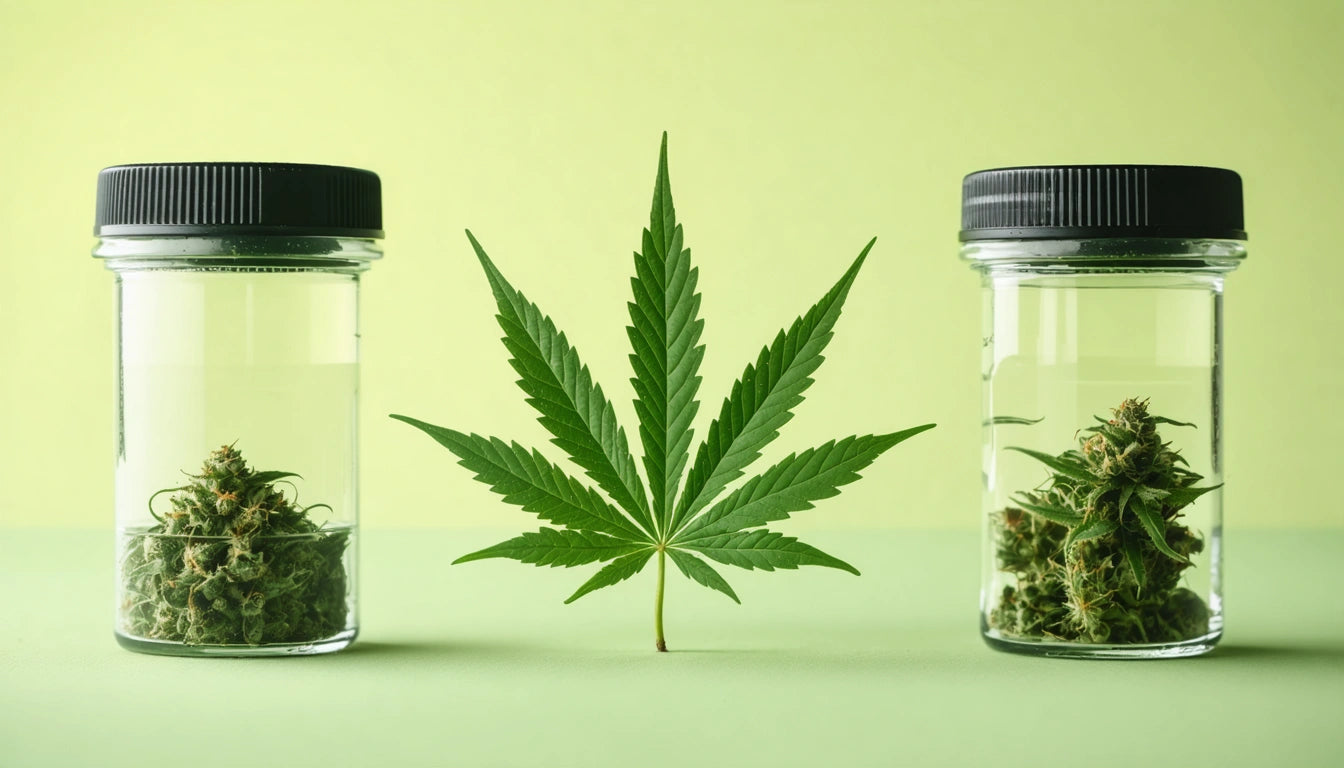Table of Contents
A Certificate of Analysis (COA) serves as the definitive document validating the chemical composition and safety of cannabis products. This laboratory-generated report provides crucial information about cannabinoid content, terpene profiles, and potential contaminants. Understanding what's included in a COA helps consumers make informed decisions and allows businesses to verify product quality and regulatory compliance.
Certificate of Analysis: Definition and Purpose
A Certificate of Analysis is an official document issued by an accredited testing laboratory that confirms a cannabis product's chemical makeup and safety profile. The primary purpose of a COA is to verify that products meet quality standards and regulatory requirements before reaching consumers. These documents have become increasingly important as states implement specific testing requirements that vary by jurisdiction.
COAs provide transparency in an industry where product consistency and safety are paramount concerns. They serve multiple stakeholders, including:
- Consumers seeking verification of product potency and safety
- Retailers confirming product quality before stocking
- Regulators ensuring compliance with local laws
- Manufacturers documenting quality control processes
Cannabinoid Profile Section
The cannabinoid profile is often the most scrutinized section of a COA. This section details the concentration of various cannabinoids present in the product, typically expressed as percentages or milligrams per gram. The most commonly reported cannabinoids include:
- THC (Delta-9-Tetrahydrocannabinol)
- THCA (Tetrahydrocannabinolic Acid)
- CBD (Cannabidiol)
- CBDA (Cannabidiolic Acid)
- CBG (Cannabigerol)
- CBN (Cannabinol)
Understanding how to interpret THC, CBD, and terpene percentages is essential for both consumers and retailers. The cannabinoid profile also typically includes the total THC calculation, which accounts for the conversion of THCA to THC when cannabis is heated (decarboxylation).
Terpene Analysis Breakdown
While not always required by regulations, terpene analysis has become an increasingly important component of comprehensive COAs. Terpenes are aromatic compounds that contribute to a strain's flavor profile and may influence its effects. A complete terpene analysis typically lists:
- Individual terpene concentrations (usually in percentages)
- Total terpene content
- Dominant terpene profile (e.g., myrcene-dominant, limonene-dominant)
This information is particularly valuable for medical cannabis patients and connoisseurs who use terpene profiles to predict effects or select products for specific therapeutic applications. Retailers can use this data to inform product recommendations based on customer preferences and needs.
Contaminant Testing Results
Safety testing results form a critical section of any COA. These tests screen for potentially harmful substances that could pose health risks to consumers. Understanding contaminant testing is essential for verifying product safety. Common contaminant tests include:
Microbial Screening
This test identifies the presence of harmful microorganisms such as:
- E. coli
- Salmonella
- Aspergillus
- Total yeast and mold counts
Pesticide Analysis
Pesticide screening typically tests for dozens of common agricultural chemicals, with pass/fail results based on action limits established by state regulations.
Heavy Metal Testing
This section reports levels of potentially toxic metals including lead, arsenic, cadmium, and mercury, which can accumulate in plant material.
Residual Solvents
For concentrates and extracts, this test measures remaining solvents from the extraction process, such as butane, propane, or ethanol.
The importance of these safety tests cannot be overstated, particularly for products intended for vulnerable populations. According to safety guidelines on product packaging and testing, comprehensive contaminant screening is essential for products that may pose ingestion risks, especially for children under five years of age.
Laboratory Information and Methodology
A legitimate COA always includes detailed information about the testing laboratory and methodologies used. This section typically contains:
- Laboratory name, location, and accreditation information
- Testing dates (sample collection and analysis)
- Batch or sample identification numbers
- Testing methodologies (e.g., HPLC, GC-MS)
- Analyst signatures or digital verification
The credibility of this information is particularly important when comparing third-party vs. in-house testing results. Third-party testing is generally considered more reliable as it eliminates potential conflicts of interest.
The methodology section may also reference specific testing standards, such as AOAC International methods or state-specific protocols. This standardization helps ensure consistency across different laboratories and testing batches.
Interpreting COAs for Consumer Safety and Product Selection
Understanding how to read a COA empowers consumers and businesses to make informed decisions. When interpreting a COA, consider these key factors:
- Verify that the document is current and matches the product batch
- Confirm that all required tests have been performed
- Check that results fall within acceptable ranges for your jurisdiction
- Look for any failed tests or flagged concerns
When a product fails testing, specific protocols must be followed. Understanding what happens when a product fails helps businesses navigate remediation options or disposal requirements.
The distinction between batch testing versus product testing is also important for interpreting COAs. Batch testing analyzes representative samples from larger production runs, while product testing examines individual finished products.
For processors creating edibles or concentrates, full panel testing provides the most comprehensive safety profile. This is particularly important for products that undergo extensive processing, which can potentially concentrate both beneficial compounds and contaminants.
As testing technology advances and regulations evolve, COAs will likely become even more detailed and accessible. Consumers increasingly expect easy access to this information through QR codes or online databases, driving greater transparency throughout the cannabis supply chain.











Leave a comment
All comments are moderated before being published.
This site is protected by hCaptcha and the hCaptcha Privacy Policy and Terms of Service apply.